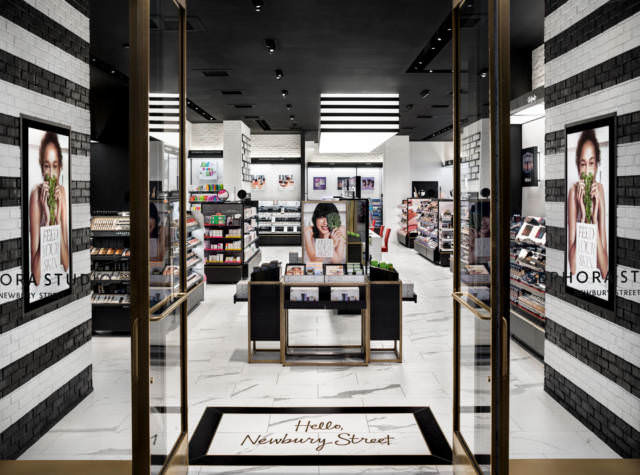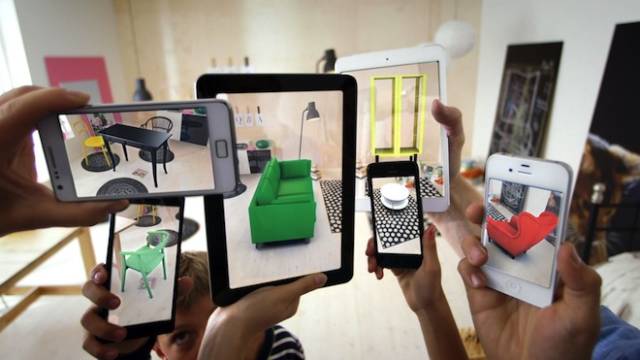In a digital age where programmatic advertising is the norm and consumers are one ad away from a boycott, marketers are feeling the heat to secure brand safety.
The CMO Council has released a new report, “Brand Protection from Digital Content Infection,” that examines a loss of trust among marketers and the digital advertising space.
When the world’s largest advertising platforms—Google and Facebook—are in the news issuing refunds or fixing embarrassing algorithms, 50 percent of marketers are now analyzing contracts and setting their own guidelines.
“There is a ton of frustration out there right now,” Liz Miller, SVP of marketing for The CMO Council told AListDaily. “I think marketers are just tired of compromising with the customer experience because that’s how they’re defining advertising now.”
Miller recalled a time some 25 years ago when marketers and publishers had detailed conversations about where ads would be placed and how many people would see it. She likened the dawn of programmatic ad spend as a new frontier where marketers had to learn as they go.
“When we started in the Wild West of programmatic and digital, we allowed the platforms and the systems [to] define our customer experiences. Now in the age of the customer where the customer is actively defining where their journey starts and stops and which path it will take, we as marketers can’t afford to allow the platforms to define where it sits in the [customer] journey—we have to define that.”
Of the marketers engaged in programmatic advertising buying, 52 percent are focused on risk and reputation management across ads placed on social media sites. Seventy-two percent of CMOs are facing pressure from their bosses to secure brand trust, the report found, especially when it comes to where ads are appearing.
While 78 percent of respondents say the top negative impact of bad digital ad placement is that it hurts brand reputation, 67 percent believe that adjacency has undermined brand qualities and values. Half say that it has impacted brand affinity.
Surprisingly, only 34 percent of respondents are worried that a negative ad will alienate core consumers. When The CMO Council surveyed consumers, however, 88 percent said that they would think differently about a brand or would stop doing business with it after a negative brand association.
“Negative” is completely objective, however—aside from some obviously offending topics, defining what constitutes a safe brand association will be up to the marketer.
When it came to ensuring that advertising was in a safe place on the web, the CMO Council study found that 67 percent of marketers believe that it is the agency and the buyer’s responsibility to keep their brands safe.”
Fifty-percent of marketers hold the digital ad networks and 49 percent hold digital media channels themselves responsible for securing brand safety and adjacency, The CMO Council found.
“It’s really going to put a lot of added pressure on the agency to ask those hard questions both from the publisher of the network, but also the marketer,” said Miller. “I think we all know in this dynamic that sometimes we marketers—when we go to the agency—don’t give the full strategy. We’re not giving them the guidelines or overlying strategy. We’re not answering the questions of who we want to be associated with and who we [don’t].
“I think what you’re seeing is more and more questions being asked and frankly, more pressure being put on the agencies. So my prediction would be that the agencies are going to have a really rough year.”






